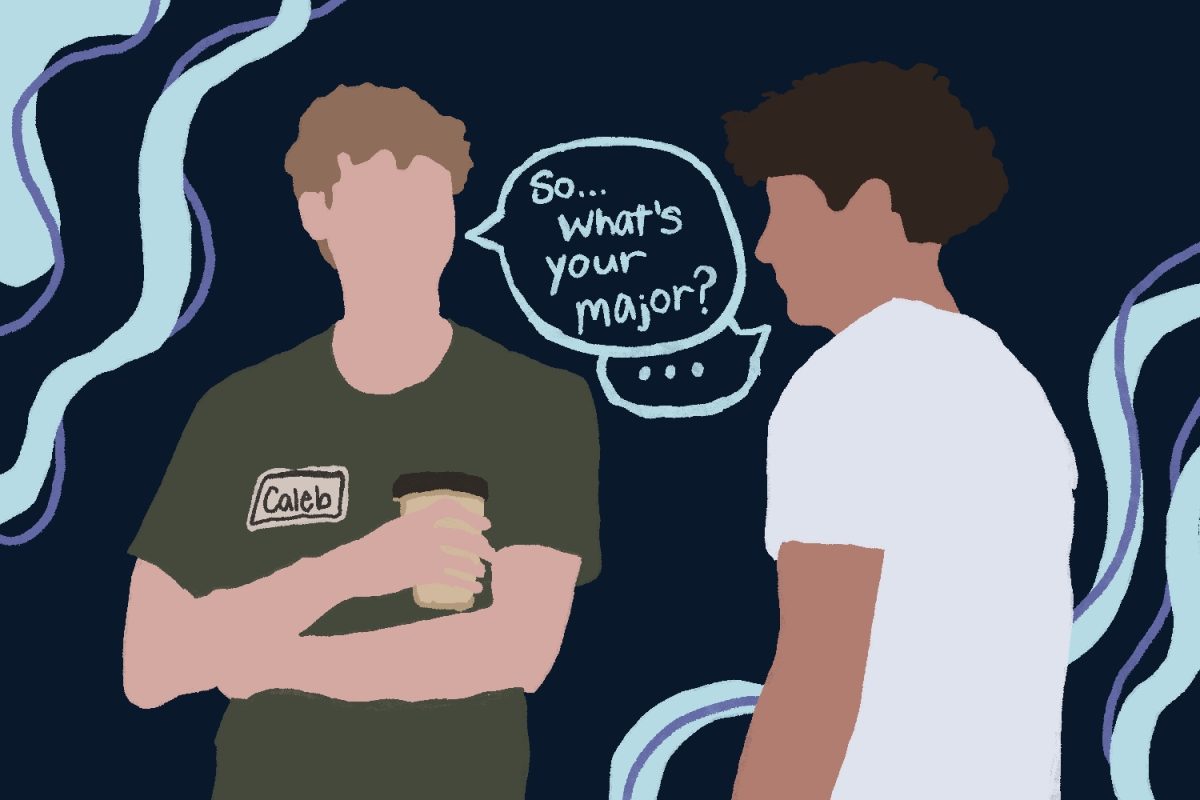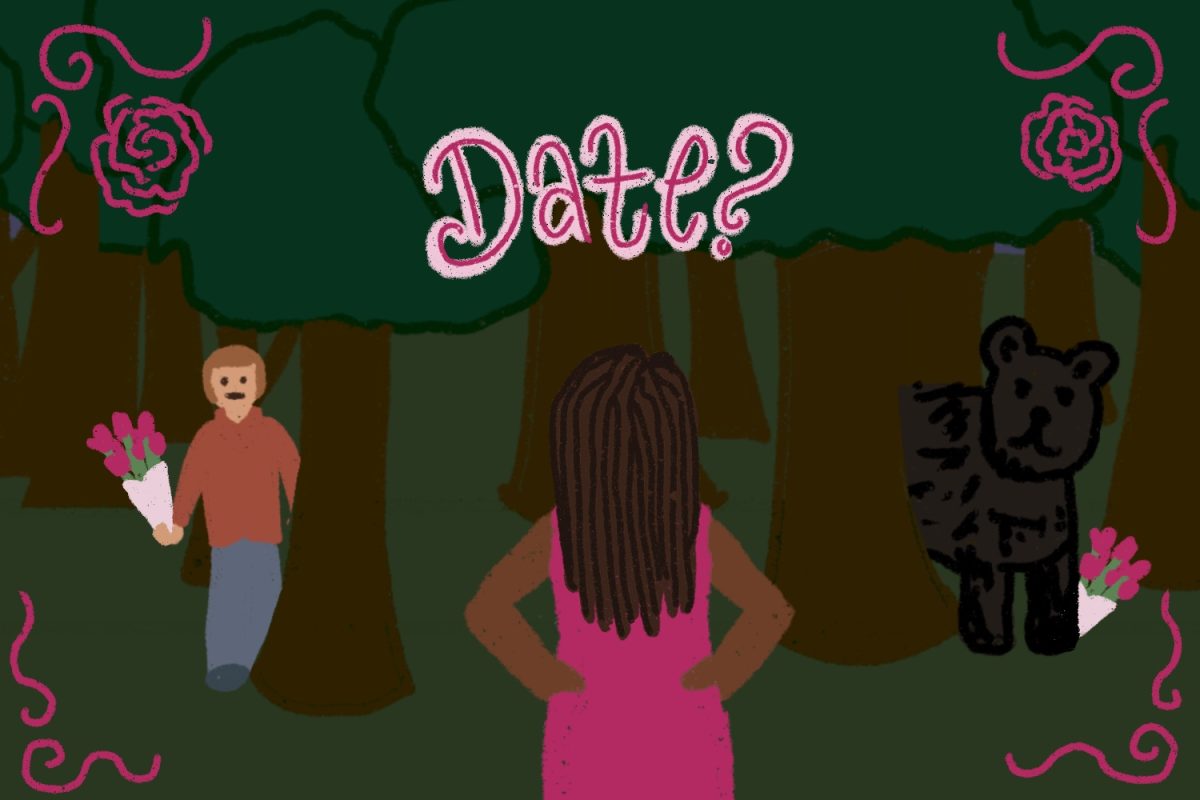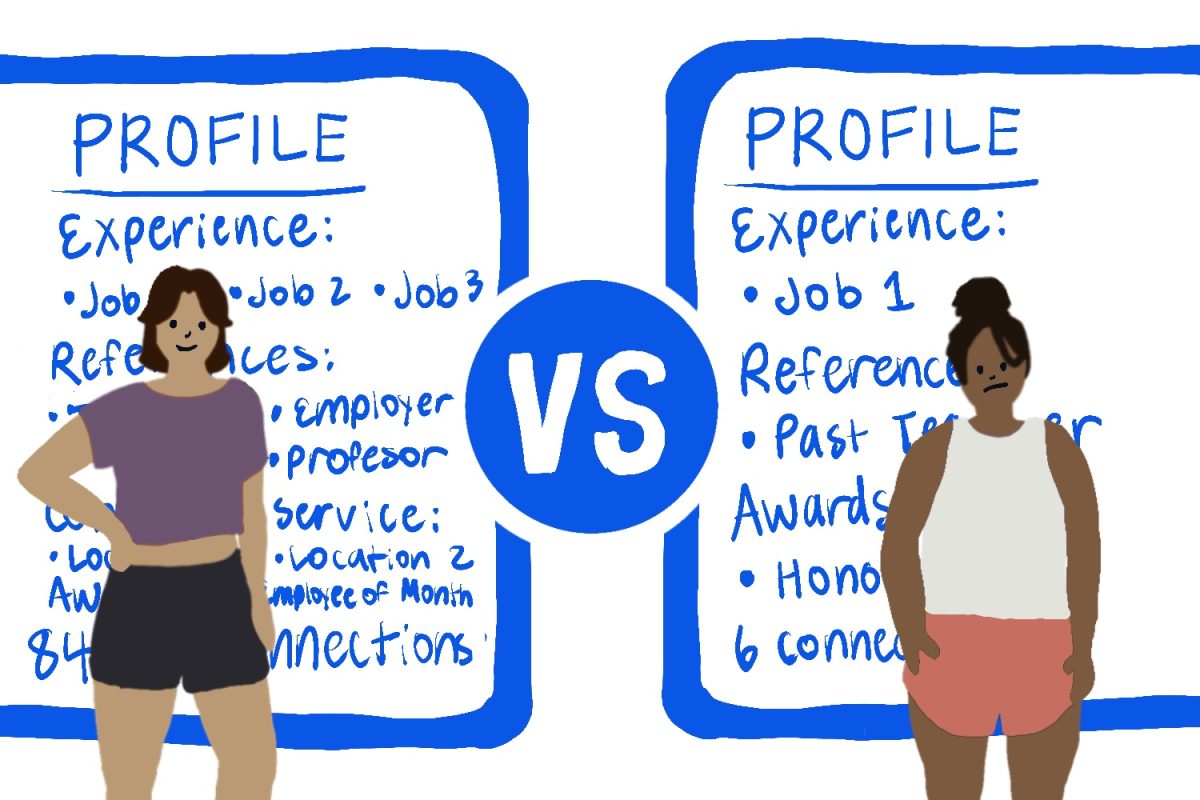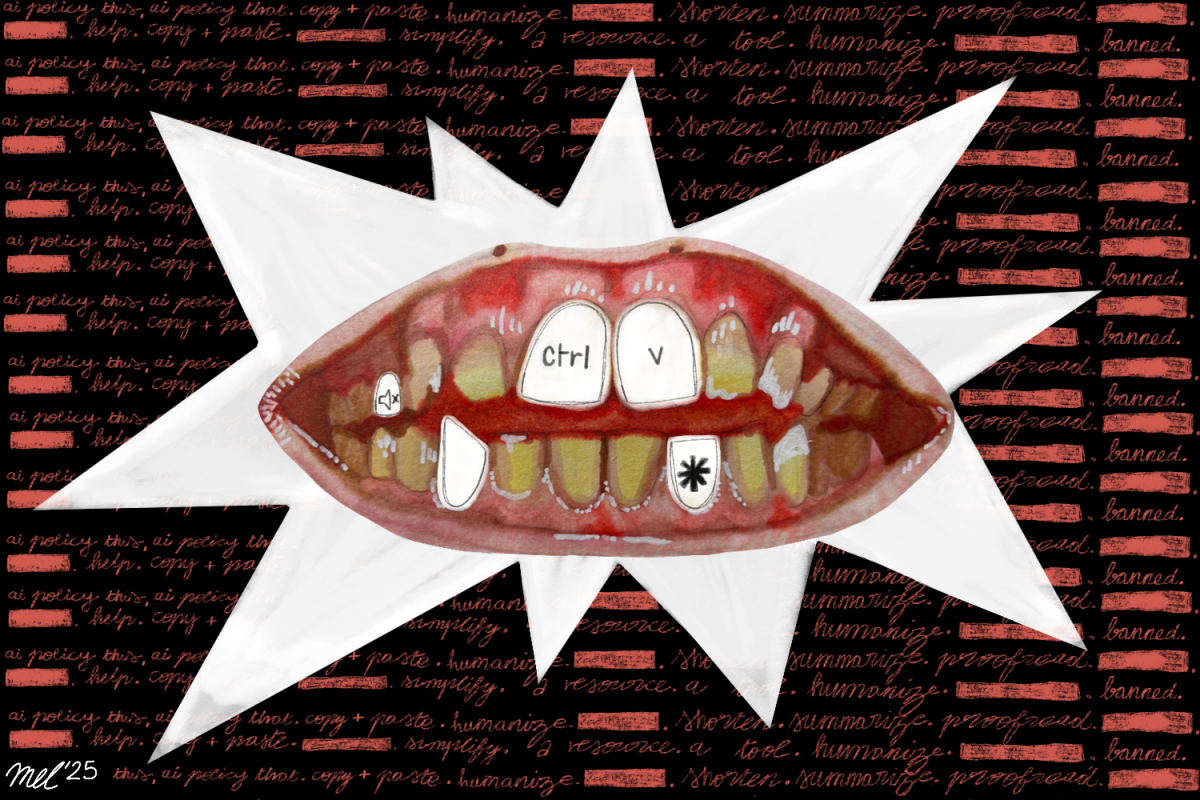Atop a hill by the Wellington International Airport sits a sign for the city reminiscent of Hollywood’s iconic landmark, with enormous white block letters spelling out the name of the metropolis in a spot visitors are unlikely to miss.
However, there’s a twist to Wellington’s replica. The sign’s last four letters are being whisked away by the wind.
In fact, the city of Wellington is notoriously windy due to its position at the southernmost point of the Cook Strait on New Zealand’s North Island, making it the only capital located in the “roaring 40s” latitude range. But the sign reveals something more about the city: it is New Zealand’s cultural center.
Since replacing Auckland as New Zealand’s capital in 1865, Wellington become the heart of New Zealand as home to countless national institutions, such as the police headquarters, Parliament and the New Zealand stock exchange. Wellington is the largest urban area in New Zealand behind Auckland, with a regional population of more than 390,000, and with 200,000 people living in the central city. It has famously been nicknamed “the coolest little capital in the world” by travel book publisher Lonely Planet.
My trip to Wellington began just after sunrise on Thursday morning at Auckland’s Britomart Transport Centre, where I departed with a few friends for a daylong scenic train ride south. The train carried us out of the suburbs of Auckland and down through the region of Waikato, eventually traversing Tongariro National Park into Wellington. I gazed out the window as we passed quaint towns, sheep-covered acres of green farmland and the magnificent snow-capped volcanic mountain of Tongariro.
We arrived after dark, making our way to the hostel we had booked, opposite the famous Embassy Theatre, where Peter Jackson’s “Lord of the Rings” Trilogy premiered, and just around the corner from Courtenay Place, a lively street lined with just a few of Wellington’s many cafes, bars and restaurants.
Friday was spent on typical tourist activities. In the morning, we hiked to the summit of nearby Mount Victoria to marvel at the gorgeous 360-degree view of the city below, engulfing the teal harbor amongst lush green hills of the surrounding region. I discovered in the light of day the following morning that the city itself is reminiscent of San Francisco — breezy, hilly and convergent upon vast harbor.
We later paid a visit to New Zealand’s National Museum Te Papa Tongarewa, an enormous complex spanning five floors. My favorite exhibit? The only complete colossal squid on display in the world, a 10-foot-long specimen that seemed frozen in time, as if fished ages ago from its home in the Antarctic abyss — or perhaps a science fiction novel — to be confined in a tank of sallow alcohol. Another highlight was a display on Shrek the escaped sheep, discovered by farmers in the South Island after hiding in a cave for six years with enough wool to produce 20 large men’s suits.
Next on the itinerary was a free tour of Parliament, which consists of three buildings: the executive wing, the central government house and a library. The executive wing, a massive industrial-looking cylindrical tiered structure, is known as the beehive. Legend has it that it was originally designed on the back of a napkin as a joke. Our tour guide led us through the ornate chambers of the government house, where, among other things, an electoral act passed in 1893 giving New Zealand women the right to vote became the first legislation for female suffrage in history.
On Saturday, we rented a car to explore other areas of the Wellington region. We stopped briefly to check out the rocky coasts of the Red Rocks Marine Reserve on the outskirts of the city, although to our dismay, we didn’t catch a glimpse of any of the fur seals native to the area. In the suburb of Miramar, we toured the legendary Weta Workshop, the company behind design and special effects in films such as “Lord of the Rings,” “Avatar” and “King Kong.”
We walked through the tiny studio, listening eagerly as our guide told us how Weta produced movie props, such as the 9,000 alien weapons needed for the futuristic blockbuster “District Nine” and the painstakingly detailed model castle for “The Chronicles of Narnia: Prince Caspian” film. Saturday evening was spent in a tiny town called Martinborough about an hour-and-a-half from the city, where we sampled some local wines from Wairarapa vineyards.
I rounded off the trip Sunday with a visit to Wellington’s expansive botanic gardens and an afternoon of shopping on the prominent Cuba Street. Later that evening, as I waited for our flight to board, I gaped at the glassy eyes of the monstrous statue of “Lord of the Ring’s” Gollum bursting through the food court ceiling, left over from the airport’s transformation into Middle-earth prior to the premiere of “The Hobbit.” From the sight of the city sign on the ride in to the fantastical characters surrounding visitors on the way out, Wellington really is the quintessence of art, culture and life in New Zealand.




















































































































